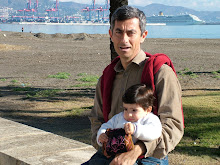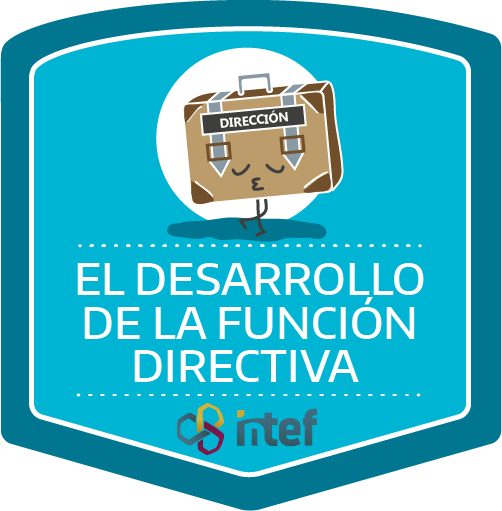
Photosynthesis is how plants use light and water to make sugar. Sugar is created in the green parts of a plant and every animal on earth depends on it. Without plants we would have no food to eat or oxygen to breath. Here is a picture to show how it happens.
Most plants are really lucky - they don't have to go out shopping for their food or spend time cooking it. They just sit around in our gardens waiting for sunshine and then they make their food themselves. Find out how . . .
Food for plants
They use the sunlight and the green in their leaves to make sugars from carbon dioxide (which they breathe in through their leaves during the day) and water. This sugar is then used to give the plant energy so that it can grow. This process is called photosynthesis and is the most important process on the planet, as many other plants and animals depend on plants to survive. Most of the energy is used to make new plant material, although some of it is stored by the plant for use during the months when there is less sunlight.
A breath of fresh air
During the entire day, plants breathe in oxygen and breathe out carbon dioxide. This is called respiration. The plant also needs minerals to grow, which the plant takes from the soil where they are dissolved in water. The plant releases any water that it doesn't need into the air through its leaves. This is called transpiration. Plants are the only living organisms that can make their own food. This is one of the main ways of deciding if something is a plant. If plants could not turn the sun's energy into food, we would all die. That is because we can eat all sorts of things plants grow, such as leaves, seeds, fruits, roots, nuts and flowers. But we can't eat sunshine! Light is so important to plants, that their leaves grow in many patterns so as to catch the most light.
And now... who doesn't love the photosynthesis song? It just speaks for itself. (If the subtitles can't be seen, click in the box where the language is chosen, then choose Spanish and again English)
Now, let´s study Photosynthesis in depth
THE SUN AND LIGHT
Not all of the light from the Sun makes it to the surface of the Earth. Even the light that does make it here is reflected and spread out. The
little light that does make it here is enough for the plants of the world to survive and go through the process of photosynthesis. Light is actually energy, electromagnetic energy to be exact. When that energy gets to a green plant, all sorts of

reactions can take place to store energy in the form of sugar molecules. Remember we said that not all the energy from the Sun makes it to plants? Even when light gets to a plant, the plant doesn't use all of it. It actually uses only certain colors to make photosynthesis happen.
Plants mostly absorb red and blue wavelengths. When you see a color, it is actually a color that the object does NOT absorb. In the case of green plants, they do not absorb light from the green range.
CHLOROPLASTS
Are the food producers of the cell. They are only found in plant cells and some protists. Animal cells do not have chloroplasts. Every green plant you see is working to convert the energy of the sun into sugars. Plants are the basis of all life on Earth. They create sugars, and the by-product of that process is the oxygen that we breathe. That process happens in the chloroplast. Mitochondria work in the opposite direction and break down the sugars and nutrients that the cell receives.
 Outer and inner membranes
Outer and inner membranes: protective coverings that keep chloroplast structures enclosed.
Stroma: dense fluid within the chloroplast. Site of conversion of carbon dioxide to sugar.
Thylakoid: flattened sac-like membrane structures. Site of conversion of light energy to chemical energy.
Lamellae: A pair of membranes which contains chlorophyll.
LIGHT AND DARK REACTIONS
The whole process doesn't happen all at one time. The process of photosynthesis is divided into two main parts.
1· The light dependent reactions use sunlight to make ATP.
2· The light independent reactions or Dark Reactions (or Calvin Cycle) take the ATP created by the light reactions PLUS CO2, and make sugar. That sugar is then used for cellular energy.
Quiz 1
Now, let's work together and try to guess some part of the transcription! Send me what you understand, although you only find out a few words.
And, finally enjoy with this amazing animated video about the plant cell.
 Photosynthesis is how plants use light and water to make sugar. Sugar is created in the green parts of a plant and every animal on earth depends on it. Without plants we would have no food to eat or oxygen to breath. Here is a picture to show how it happens.
Photosynthesis is how plants use light and water to make sugar. Sugar is created in the green parts of a plant and every animal on earth depends on it. Without plants we would have no food to eat or oxygen to breath. Here is a picture to show how it happens.  reactions can take place to store energy in the form of sugar molecules. Remember we said that not all the energy from the Sun makes it to plants? Even when light gets to a plant, the plant doesn't use all of it. It actually uses only certain colors to make photosynthesis happen. Plants mostly absorb red and blue wavelengths. When you see a color, it is actually a color that the object does NOT absorb. In the case of green plants, they do not absorb light from the green range.
reactions can take place to store energy in the form of sugar molecules. Remember we said that not all the energy from the Sun makes it to plants? Even when light gets to a plant, the plant doesn't use all of it. It actually uses only certain colors to make photosynthesis happen. Plants mostly absorb red and blue wavelengths. When you see a color, it is actually a color that the object does NOT absorb. In the case of green plants, they do not absorb light from the green range.




luis ... estaba ojeando por internet despues de haber estudiado para ver si escuentro algo que merezca la pena y me ha gustado esta página
ResponderEliminar---> http://www.slideshare.net/asturix/ccnn-t1
es el tema que estamos dando vienen algunas cosas que no hemos dado pero en general me ha gustado.